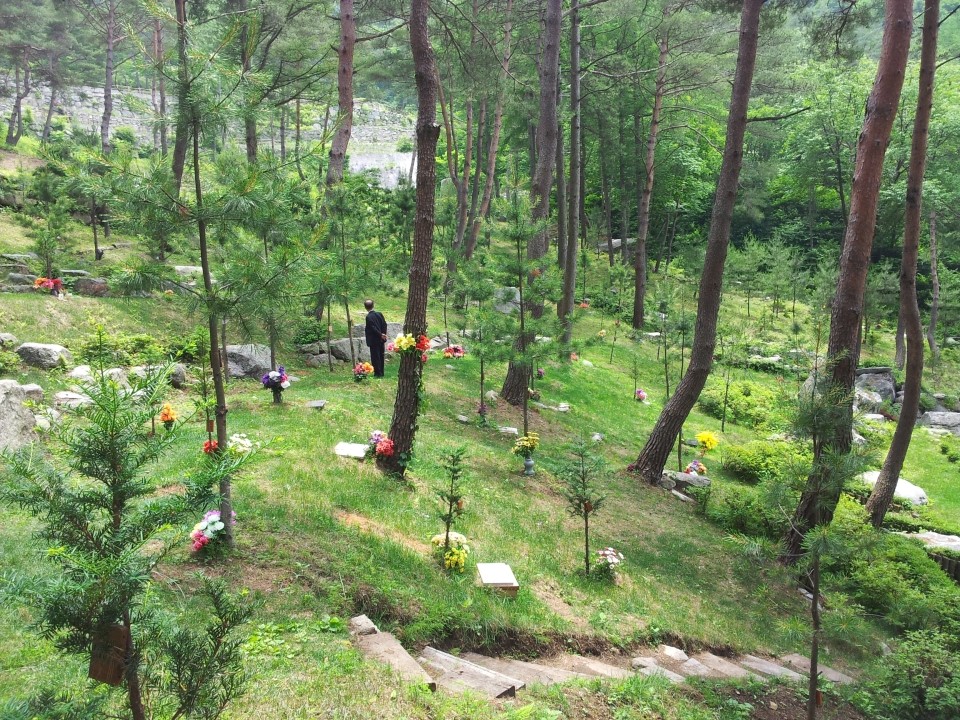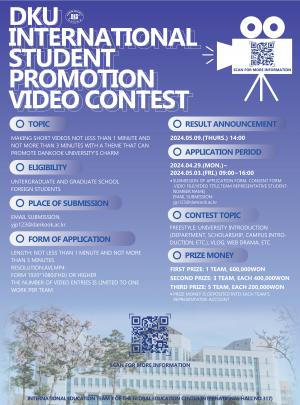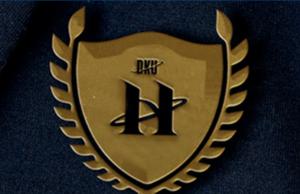 |
| ▲ Public place for natural burial |
In Korea, being buried underground has been the preferred funeral method for a long time. The burial sites are covered with a small mound of soil covered in grass and a tombstone marker. With this elaborate traditional burial method, families can comfortably pay their respect to their ancestors during Chuseok or on New Year’s day. However these days, many concerns regarding limited spaces, the destruction of the environment, and the difficulties associated with managing cemeteries have arisen. As a result, the government is now recommending families consider cremation and the people are taking this suggestion on board with great zeal. According to a survey by the Korean Funeral Culture & Policy Institute, the number of people opting for cremation increased by about 80% in 2015. There are several other funeral options, but burial and cremation remain top of the list.
To learn more about the current outlook on funerals, the Dankook Herald (DKH) interviewed Jung Hyuk-in, Head of Policy at the Korean Funeral Culture & Policy Institute. At first, the DKH asked about the past and present funeral processes. We learned that in the past, many people buried their loved ones rather than cremated them. In fact, there was preference for cremation, but the infrastructure was not yet developed to support the demand. However, nowadays the circumstances have changed. The needed infrastructure is finally in place. Also, since 2008, people can now place the remains of their loved ones in nature, rather than a traditional charnel house or burial mound.
 |
| ▲ The DKH interviewed Jung Hyuk-in, a head of policy department in Korea Funeral Culture & Policy Institute. |
This slight change has brought positive effects to our society. Back in the day, people focused on having glamorous funerals and tombs based on traditional topography. But now, people consider their own family’s wishes, the environment and society all at the same time. They consider the environmental burden that a traditional burial places on our descendants. However, there are also some problems with the new approach to modern funerals. There still aren’t enough funeral services to meet the needs of the bereaved. In other words, the supplies of eco-friendly funerals are having difficulty meeting the demand. Meanwhile, over the past year, the rate of cremation increased by 80% for the first time.
After hearing his explanation, the DKH asked what he thought accounted for the increase in demand for cremation. “First of all, the population density when correlated to the available ground for burials in Korea is higher than any other country. People are thinking about how this will impact their descendants. Also, the cost of cremation is much lower than burying bodies. Moreover, cremations can help level the playing field, where regardless of whether or not you own land, everyone can have a respectful burial. And people can choose from a variety of funeral service for the cremated remains. As a result of all these factors, demand for cremation and natural funerals is growing, though many people still place their remains in a charnel house,” he said adding that we shouldn’t worry about this because it is not a big problem. He believes the circumstance will improve soon. The DKH asked what he thought was the best funeral option for Korean. “A grass funeral is a more beneficial method in Korea. With a grass funeral, the urn is buried in a simple grass field of a cemetery. Grass funerals are environmentally friendly and inexpensive. In contrast, tree funerals can be expensive, depending on the type of tree you choose, and the maintenance and space required to help it grow,” he said. ”Many people are indifferent towards funerals because of their outdated and impersonal customs. But, the funeral process still should be an important part of our lives. People can reflect on life and death during a funeral, so it is about more than just hosting a ceremony,” he ended our interview, by emphasizing the importance of funerals.
To understand more about what university students think about funerals, the DKH conducted survey of Dankookians. First, we asked how much students know about burial options. 71% said they were aware of the options available. Those who didn’t said the biggest reason they were unaware of the options was because they had never been to a funeral and never thought about it seriously. Of those who had knowledge on the subject, most of them showed a strong preference for woodland burials. When asked how they considered most when choosing their burial preference, almost 50% answered their family’s opinion was crucial while 20% said environmental factors influenced their decisions. This survey helped the DKH understand that most students did not know a lot about the various funeral options available, their drawbacks and their benefits. As a result, the DKH decided to report on them in detail.
Like grass funerals, the newest method gaining popularity are ‘Natural burials’. A natural burial is more environmentally friendly than cremation or even a traditional burial. And there are many kinds of natural burials; such as a ‘Woodland burial’, the most famous natural burial, an ‘aerial sepulture’ burial and a ‘Freeze-dry burial’. These 3 methods refer to slightly different environments and method of management, but in general, they are not very different from each other.
A woodland burial means burying the cremated bone ash under the root of a tree. Woodland burials are the most famous natural burial nowadays among people pursuing a natural burial. Looking at this process in other countries we can see few differences in the process. In the case of Switzerland, residents choosing a woodland burial just bury the ashes without an urn. They also buy their own requiem tree to honor the deceased and attach an aluminum tag with the name of the deceased written on it and their birth and death dates. The British however, bury the remains under a rose bush and affix a tiny coper plate identifying the deceased underneath the plant. The second natural burial is called the aerial sepulture burial. With this method of burial ashes are spread out in nature and disintegrate naturally.Lastly, the freeze-dry burial process involves ‘Cryomation’. It was invented by a Swedish marine biologist. The process of cryomation involves freezing the corpse at -195 ℃ with the use of liquid nitrogen. The substance will shatter when the corpse evolves into a crystalline state after a process of rapid cooling. Once complete, the remains are put into an environment-friendly box that is buried in the ground and a plant is planted around the box. This form of natural burial is garnering lots of interest from advanced nations because substances that are harmful to the environment are not released into the ground.
Natural burials are helping solve the problems of the growing aged population and the rise in property prices. New burial methods are constantly developing and the cutting edge charnel house called ‘Ruriden’ in Tokyo, is one of them. This charnel house is located under the sea. However, if a family wants to pay their respects, the remains are removed from the water and brought to ground by a conveyer belt. ‘Elysium Space’ is another example of a modern day charnel house. Under this system, for a mere 1,990 dollars you can send the cremated remains of your beloved into the universe by launching a satellite with the urn on board. The bereaved family can trace the location of the satellite through an app that will report its whereabouts for several months before it combusts in space. The ‘memorial diamond’ is also a natural process bereaved families can choose. In this case the remains are specially treated turning the deceased into a diamond. Remembering the dead using one of these special methods can be a heartwarming process for some people.
Burials are the final step in our lives. We will all die someday and everyone wants to finish their lifetime with dignity. Traditional burials and cremation are the most common funeral processes in Korea today. While we all may have our preferences, if you truly want to be responsible about our environment and the future, or maybe just want to be buried as a special way, take the time to think about the other funeral methods the DKH presented. There are some exciting choices we can make to mark the end of our loved ones on this earth. For Dankook students, death may seem like a long way away, however the time will come someday. How about thinking about the future and seek out the best method to immortalize your loved ones after death?
이상현, 홍석준, 김한영 dankookherald@gmail.com

![[Campus Magnifier] Let's Surf the Library!](/news/photo/202404/12496_1765_4143.jpg) [Campus Magnifier] Let's Surf the Library!
[Campus Magnifier] Let's Surf the Library!
![[Campus Magnifier] Let's Surf the Library!](/news/thumbnail/202404/12496_1765_4143_v150.jpg)





